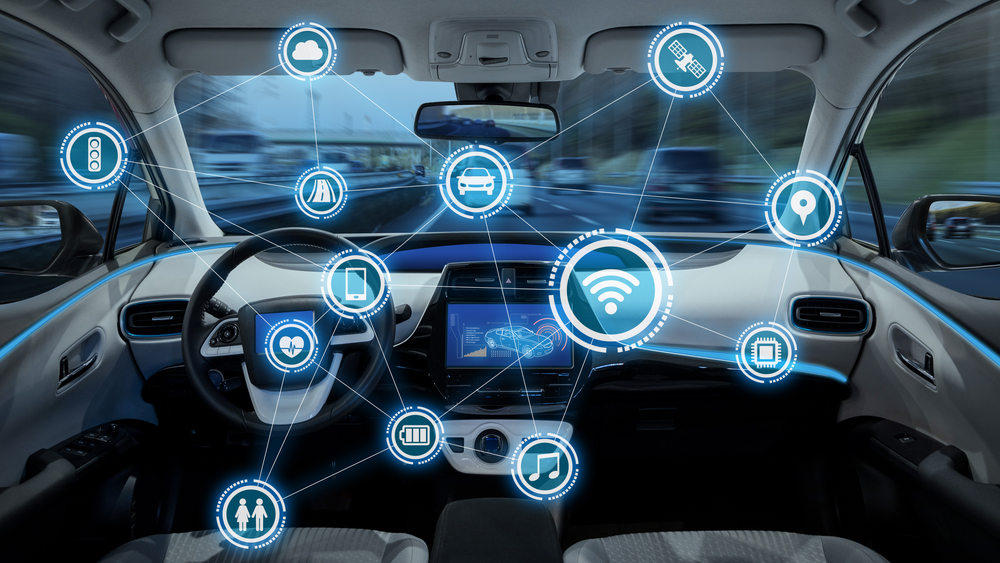Nissan will unveil its Invisible-to-Visible, or I2V technology concept at CES this year. Visitors to CES can experience I2V at Nissan’s display by putting on a pair of augmented-reality goggles and stepping inside a demonstration cockpit featuring three-dimensional interfaces and displays.
According to the company its vision is to allow a vehicle to help drivers “see the invisible” by merging both real and virtual worlds, creating the ultimate connected-car experience.
The I2V technology is created through Nissan Intelligent Mobility, the company’s vision for changing how cars are powered, driven and integrated into society. I2V will demonstrate the future of driving to CES visitors through an interactive, three-dimensional immersion experience at Nissan’s display.
I2V will support drivers by merging information from sensors outside and inside the vehicle with data from the cloud. This enables the system not only to track the vehicle’s immediate surroundings but also to anticipate what’s ahead – even showing what’s behind a building or around the corner.
“By helping you see the invisible, I2V enhances your confidence and makes driving more enjoyable,” said Tetsuro Ueda, an expert leader at the Nissan Research Center. “The interactive features create an experience that’s tailored to your interests and driving style so that anyone can enjoy using it in their own way.”
I2V is powered by Nissan’s Omni-Sensing technology, which acts as a hub gathering real-time data from the traffic environment and from the vehicle’s surroundings and interior. Nissan’s SAM (Seamless Autonomous Mobility) technology analyzes the road environment through relevant real-time information, and the ProPILOT semiautonomous driver support system provides information about the car’s surroundings.
The technology maps a 360-degree virtual space around the car to provide information about things like road and intersection status, visibility, signage or nearby pedestrians. It can also monitor the people inside the vehicle by using interior sensors to better anticipate when they may need assistance with finding something or a coffee break to stay alert.
When visiting a new place, the system can search within the Metaverse for a knowledgeable local guide who can communicate with people in the vehicle in real time.
Information provided by the guide can be collected with Omni-Sensing and stored in the cloud so that others visiting the same area can access the useful guidance. It can also be used by the onboard artificial intelligence system to provide a more efficient drive through local areas.
During manual driving, I2V provides information from Omni-Sensing as an overlay in the driver’s full field of view. The information helps drivers assess and prepare for things like corners with poor visibility, irregular road surface conditions or oncoming traffic.
The driver can also book a professional driver from the Metaverse to get personal instruction in real time. The professional driver appears as a projected avatar or as a virtual chase car in the driver’s field of vision to demonstrate the best way to drive.
Not only will I2V display information about congestion and estimated travel time; it can communicate unique details to better inform the driver about the road ahead, removing unknowns to ease driving stress. I2V will give alternative suggestions, even down to the best-moving lane in heavy traffic, by using real-time local data mapping via Omni-Sensing.
Upon arrival at a destination, I2V can access SAM to scan for parking spaces and park the vehicle for the driver in situations requiring difficult parking maneuvers.










Discussion about this post